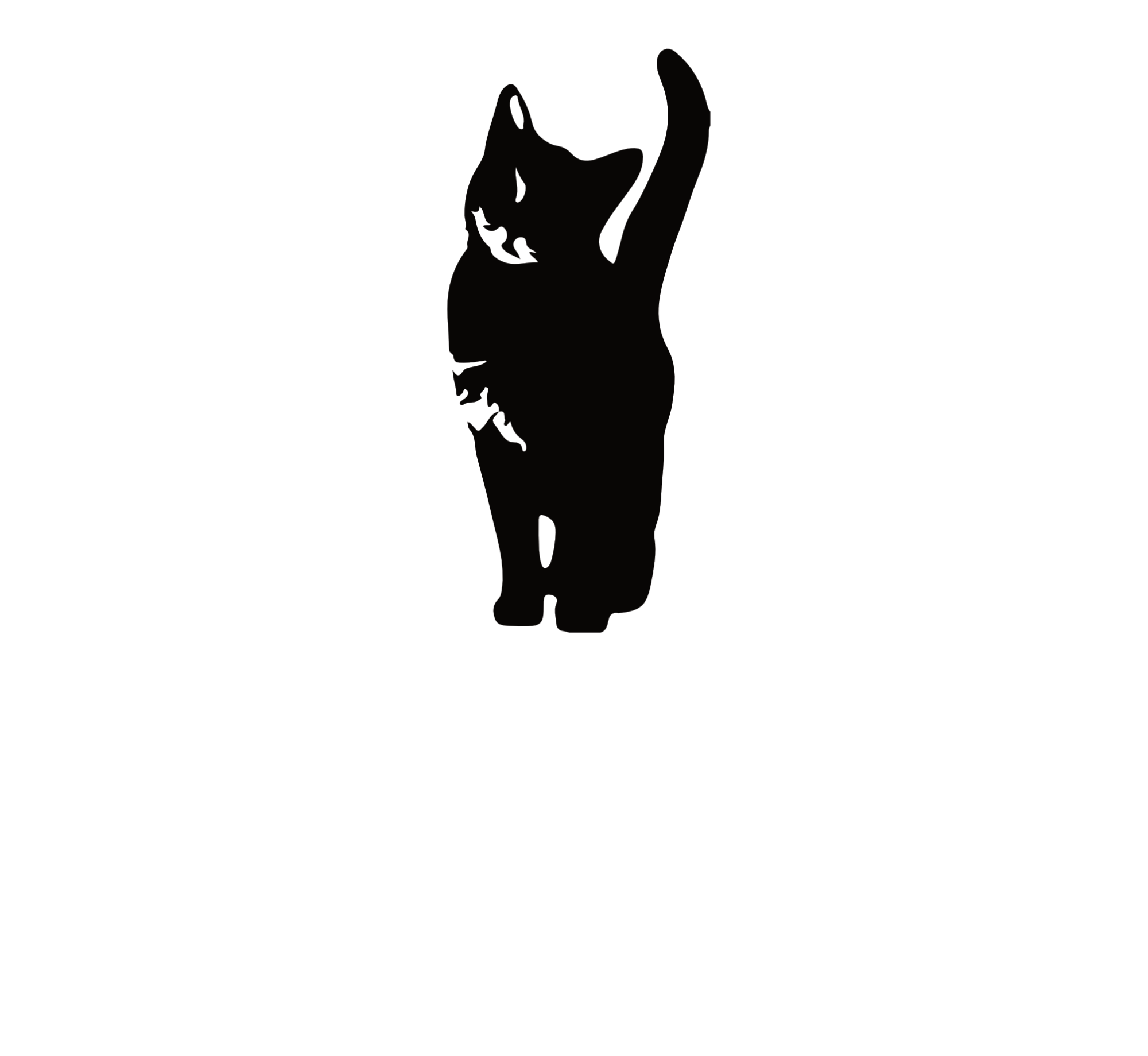It’s no secret that the majority of new product introductions fail. According to the Harvard Business Review less than 25% of consumer packaged goods and retail products fail to earn $7.5m in their first year. The annals of business literature are littered with failed products from New Coke, Crystal Pepsi, Frito Lay’s Wow Chips, Microsoft Zune, McDonald’s Arch Deluxe, the Pontiac Aztec, and more recently the Samsung Galaxy Gear. Why did they fail? Well, it usually comes down to the fundamental problem of not understanding the customer. This ailment comes in three flavors: not conducting any market research, doing it wrong, or ignoring the results and voice of the customer.

No Consumer Research
In this failed product scenario there is no consumer feedback collected whatsoever. This happens often in small business start-ups. Entrepreneurs tend to love their own babies, even when they may be ugly. Many times these founders are so passionate they convince their friends and family that their idea is fantastic. The very passion of entrepreneurs have can be blinding, which makes the need for consumer insight even more important. “Research is too expensive” is the statement I hear, to which I retort, “what is the cost of failure?”
Henry Ford and Steve Jobs are both lauded, rightfully so, in the business press as inspirational and visionary thinkers. They both shared a disdain for market research. While their product legacy lives on to today in Ford and Apple they were both instrumental in bringing to market two huge product failures: the Edsel and the NeXT computer respectively. Both of these products had some very advanced features and in many ways were well ahead of their time. Unfortunately, in both instances there was a fundamental misunderstanding of the market and customer expectations.

Truly great visionaries may get by for a while without any customer feedback, but without any kind of check on the market they run a very high risk of making some very big mistakes. Launching a new product or service without any consumer feedback is like trying to land an aircraft on a runway at night with no instrumentation. You might make it, but it could be catastrophic. Why risk it? It doesn’t have to be complicated.
Bad Customer Research
In other cases, the research conducted is just bad. Coca Cola conducted a massive amount of product testing only to find out that people actually preferred the taste of Pepsi. The logical thing to do? Make it taste better. That’s actually what they did with the launch of New Coke. What they didn’t do is realize the love affair the world had with the brand. To customers, Coca Cola was a national treasure and they did not want their national treasure altered. The result was pulling of New Coke of the shelf and the accidental re-ignition of the love affair the world had with Coke.
This is an all too familiar instance of not framing the question properly. It wasn’t all about the product attributes; it was about the brand and emotional connection people had with it. If Coca Cola conducted their research more broadly they would have found that out. I have seen many instances where consumer research is too narrowly focused on features without understanding the higher order emotional and psychological desires of people.
Of course there’s about a bazillion technical ways to conduct research poorly; bad sampling, bad design, inaccurate data collection techniques, faulty and misleading analyses, but that’s a topic for another article. The basic point here is; if you going to do research make sure you do it with an open mind and get someone not as intimate with your idea to help think about the right questions to ask.
Ignored
It always amazes me the amount of money that big companies spend on consumer research only to ignore it. As one of my more sardonic colleagues is fond of saying…
“Research, when it confirms what we thought it’s a waste of money, when it doesn’t it must be wrong.”
Ignoring customer feedback is the sign of a company out of touch and a tell tale sign of bad things to come. Arguably one of the ugliest vehicles ever made was the Pontiac Aztec. Former GM Executive Bob Lutz summarized it best in Road and Track

“Early on, the Aztek obviously failed the market research. But in those days, GM went ahead with quite a few vehicles that failed product clinics. The Aztek didn’t just fail—it scored dead last. Rock bottom. Respondents said, “Can they possibly be serious with this thing? I wouldn’t take it as a gift.” And the GM machine was in such denial that it rejected the research and just said, “What do those a**holes know?”
Hubris and a feeling of product invincibility brought down many a goliath organization. In Jim Collins’ book “How The Mighty Fall” he outlines the stages where great companies fall. At the apex of a declining organization is Stage 3 entitled “Denial of Risk and Peril”. One the key markers for this stage is a tendency for the organization to explain away or discount negative data. Become aware of that is starting to happen at your organization.
Another mistake is ignoring current ongoing customer feedback about products and services. In a world where word mouth travels to millions in milliseconds, getting on top of this through listening posts and responding is absolutely critical. Unfortunately, many companies are not monitoring channels effectively. Many companies have active feedback coming into their call centers or through sales representatives but it is not consolidated and sent back to those who can do something about it. More alarmingly are those companies that actively “hide” from customers once they sell their product. You can tell these companies as they offer only a text box email to contact them usually with no phone number or address listed on their website. A company that hides from their customers is doomed to fail.
The Good News
The good news is you don’t have to be “that company”. Consumer research is not the end all, be all. Creativity and innovation is not usually distilled from sitting behind a one-way mirror watching a focus group while eating M&Ms. In fact, I think that method of customers has experienced a rightful death and should be buried.
However, not listening and observing your customers as an input into your product development, implementation, and delivery efforts is a guarantee for failure. So, does gathering this feedback need to be time consuming and expensive? Nope. There are many techniques and services that are no cost or low cost that can help you avoid some fatal market place blunders. In future articles I will be reviewing some of those techniques, services, and data sources that can help you along the way to become a successful and customer centric business.


